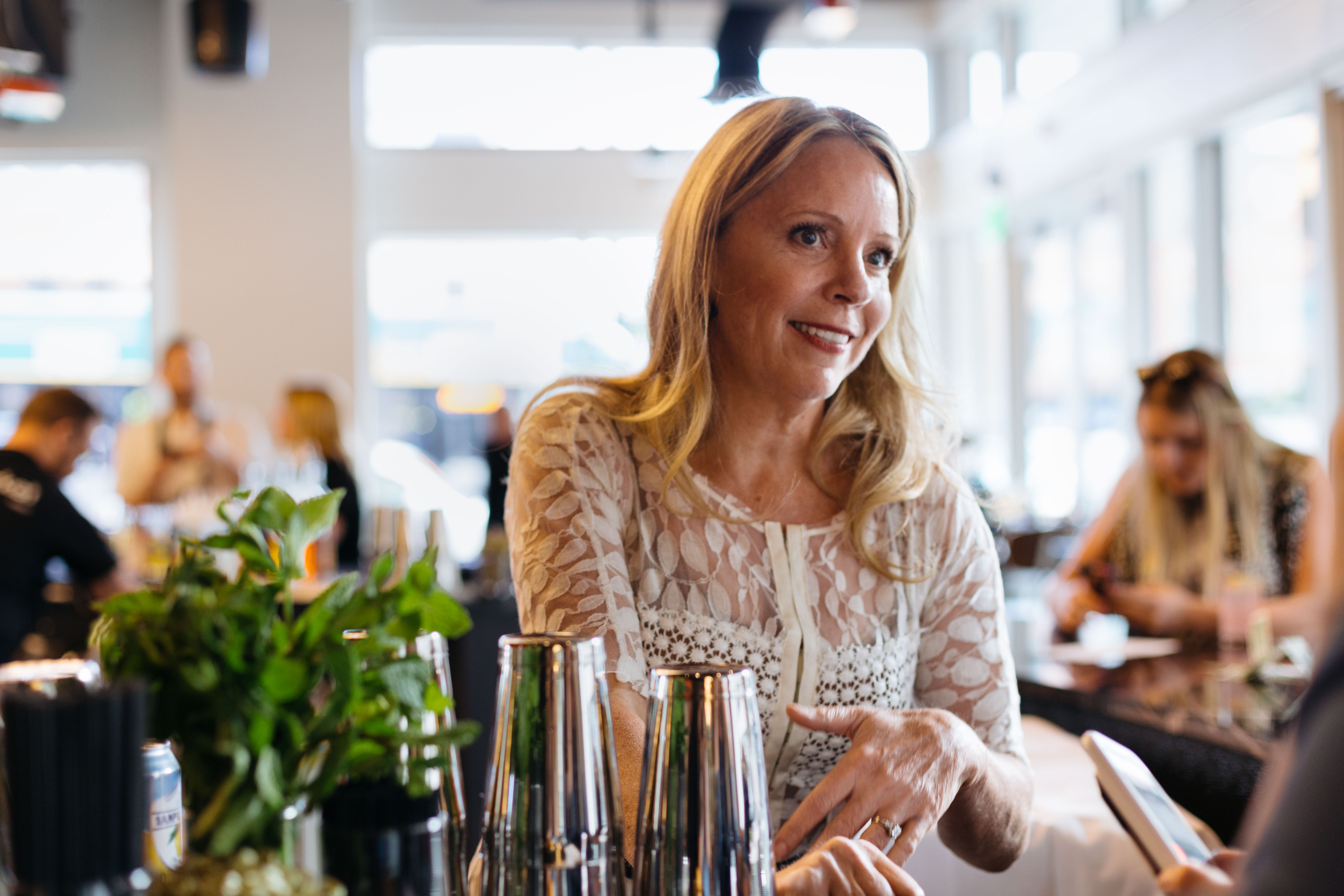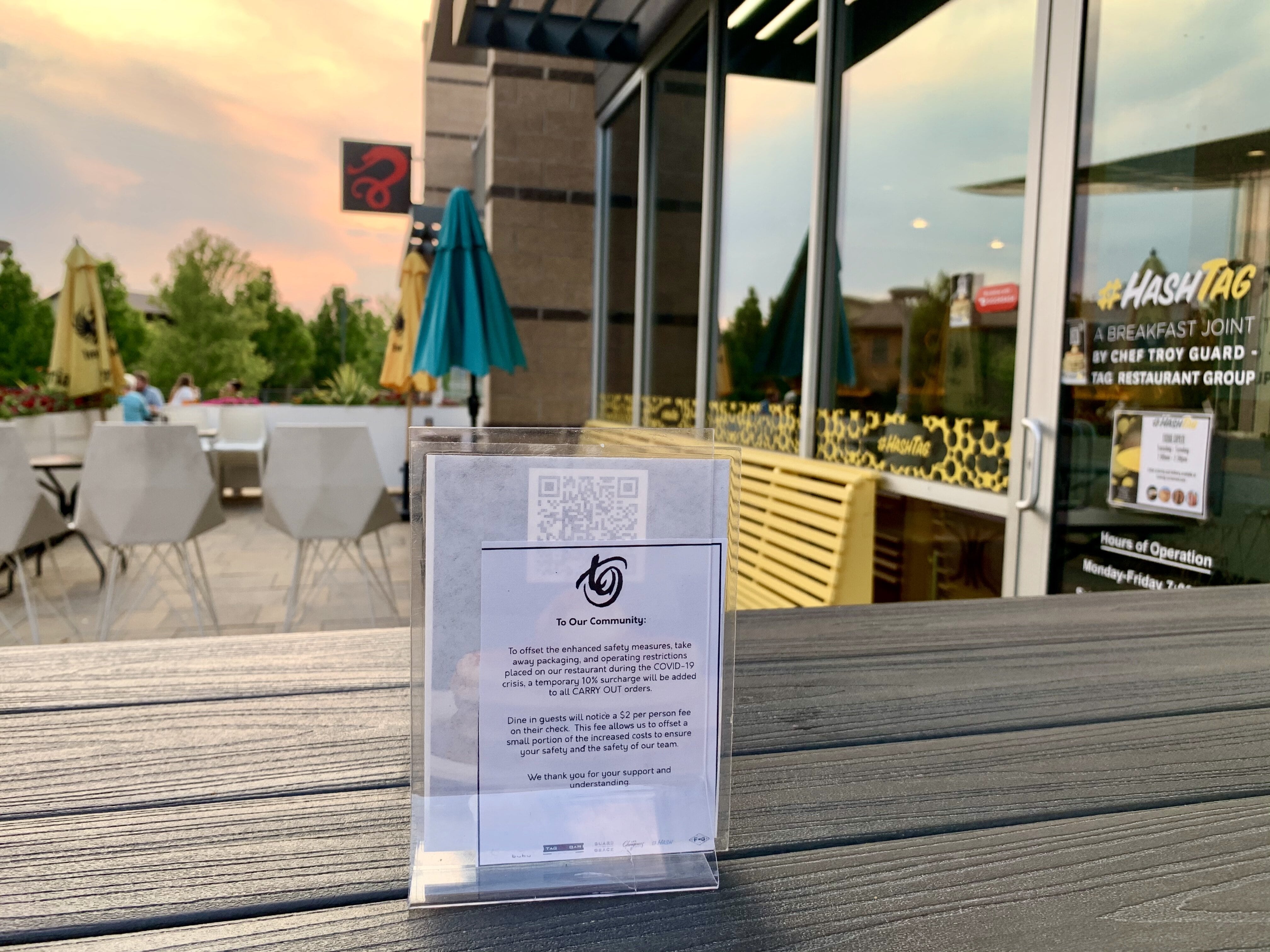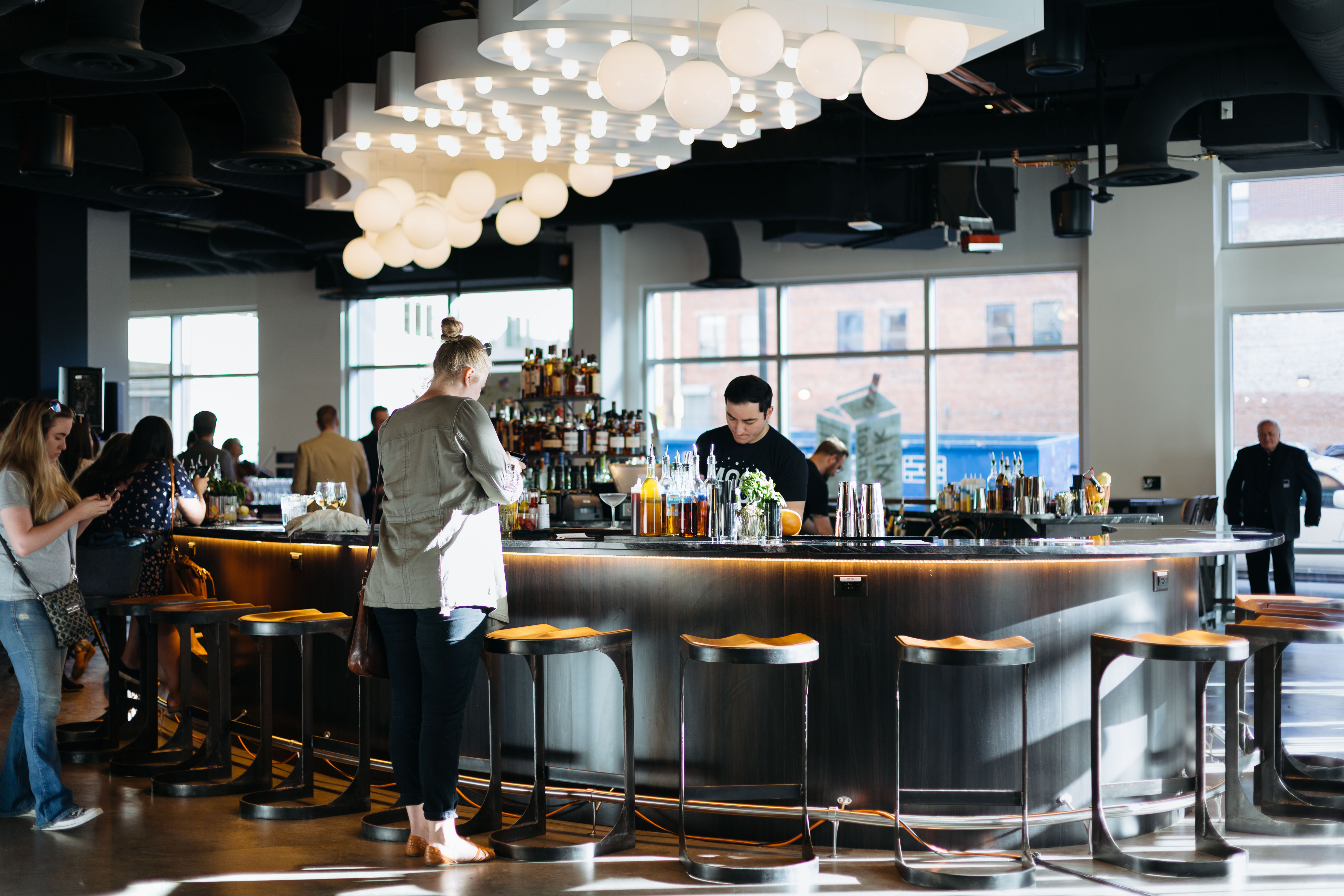Several Colorado restaurants are implementing COVID-19 surcharges in order to curb new, increased costs. The additional expenditures include everything from new preventative safety and sanitation measures, ingredients, disposable and to-go packaging and more. The Centers for Disease Control and Prevention has recommendations for open restaurant procedures, including frequent hand-washing, offering convenient access to hand sanitizer, thoroughly cleaning high-touch surfaces and using signage to educate about and promote other healthy preventative practices among staff and customers.
Colorado Restaurant Association (CRA) CEO Sonia Riggs said that surcharges also support restaurants as they increase staff paychecks and cover other costs that may be difficult to fulfill with decreases in revenue as a result of mandated limited capacity.
According to a July survey by the CRA, restaurants report spending at least an additional $4,500 on personal protective equipment like masks and gloves, and sanitation supplies. Riggs shared that the survey indicated that 62% of restaurants are under threat of permanent closure within the next six months if current conditions (particularly capacity limits) don’t change.
Bonanno Concepts co-owner Jacqueline Bonanno said that food ingredient costs are also higher than before the pandemic.

She reported that the restaurant group lost about 60% revenue as a result of Colorado’s in-person dining restrictions from March 17 to May 27. “We’re purchasing tons of disposables: salt and pepper, condiments [and] carry out containers,” Bonanno said. “We had to get tents, patio furniture, hand sanitizer stations [and] masks. [We] estimate our [costs for goods] are up about 20%.”
Riggs explained that COVID surcharges, non-discretionary tips, auto gratuities and all other automatic charges are legally considered service charges and are only different in name. The CRA provides guidelines for how restaurants can legally implement these surcharges.
Riggs said that the percent or amount of the surcharges are up to the discretion of each restaurant. The charges are revenue to the restaurant, and taxed as income, but are not legally required to be allocated in any particular way. “We’re seeing restaurants add typically a small service charge of approximately 2% or 3% of the bill — to help mitigate the financial hardships of the pandemic,” Riggs said. She also noted that customers may also see increased costs of individual menu items.
Bonanno Concepts implemented an auto-gratuity charge to bills at all reservation venues before reopening. “If there was ever a time to implement dramatic, positive change, this is it,” Bonanno said. “We brought it to our managers and chefs in a huge virtual town hall the week before our restaurants reopened and took a vote. This is the moment for equitable pay, front of house to back.” The group formed the Creating Happy People fee, a 22% surcharge. The amount is a calculation of average credit card tips plus credit card processing fees.
Bonanno said, “Small restaurants aren’t trying to profit from this pandemic — they’re trying to survive it. We’re trying to help our teams survive it.”

Bonanno Concepts’ servers, bartenders and hosts are trained to communicate the surcharge to customers at the beginning and end of their meal. Information about the surcharge is available on affected menus in the same size font as menu items and on posters inside restaurants. Bonanno said the fee focuses the experience on hospitality and gives the option for customers to “skip the tip.”
“There’s a lot of extra table verbiage right now — here’s how we’re protecting you [and] here’s how we’re expecting you to protect us — but we are broadcasting [the surcharge] message in every way possible,” she said.
Bonanno said that customers have responded positively overall to the fee. “There have been so few misunderstandings or complaints,” she said. “[To respond,] I directed [the customers] to the online verbiage, offered my own explanation of [the purpose of the surcharge] and asked if they wanted a refund for the charge. I also asked them to tell their friends and spread the word.” Bonanno also shared that restaurant group staff feels that the change, while significant, is fair and they experience equivalent personal income to that during use of a standard tipping system.
Riggs said, “We’ve heard anecdotally from restaurants that most customers simply don’t notice the surcharge. Many of those who do are fine with paying it to support the restaurant.”
Bonanno added that she hopes that the change to the Creating Happy People gratuity is permanent at Bonanno Concepts reservations-required restaurants. “It’s a philosophical shift the industry as a whole needs,” she said.
Other restaurant groups are adopting similar measures. TAG Restaurant Group (TRG) in Denver is applying a $2 per person COVID surcharge to each bill at open dine-in restaurants for additional sanitation and cleaning needs. TRG also uses a 10% surcharge on all carry-out orders. Customers are notified of the surcharge on table tents, when accessing QR code menus, at the bottom of the bill and on posters inside restaurants.

Riggs said that surcharges are becoming more popular, but the CRA does not yet have data for how widespread they actually are or will become. Some Denver and Boulder area restaurant groups are not using surcharges, including Frasca Food and Wine in Denver and Boulder (Frasca, Pizzeria Locale, Tavernetta, Sunday Vinyl). Erin Pommer is the brand director at Frasca Food and Wine explained that the group’s menu pricing effectively covers cost of business.
Other restaurant groups that have not implemented surcharges are Crafted Concepts in Denver (Rioja, Bistro Vendôme, Ultreia Stoic & Genuine) and Big Red F in Denver, Longmont and Boulder (Jax Fish House and Oyster Bar, Lola Coastal Mexican and more). Beth Gruitch, co-owner of Rioja, Bistro Vendome, Ultreia, Stoic & Genuine, said, “We understand why some restaurants are doing this…We follow all guidelines and procedures and have been absorbing the additional cost.”
“Restaurants are extensively trained in keeping patrons safe, and they’re highly regulated,” Riggs said. “So while there’s certainly a shift — and massive expense — in dealing with COVID specifically, safeguarding diners from illness was already part of what restaurants did every day, and something they will continue to do. As for the pandemic’s effect on the industry more broadly, it’s hard to say how everything will shake out.”
For more information about COVID surcharges in Colorado and statewide restaurant safety and sanitation practices, visit the Colorado Restaurant Association website.






There is probably little concern about the reasoning or concept behind the surcharges. However, the fact that they are adding a surcharge to your bill SHOULD BE POSTED and made available to a patron BEFOREHAND, especially restaurants and other sit-downs. It’s easy to see a (large or small) charge on your bill and wonder why your bill was higher than expected. It is not good P/R or goodwill when there is the element of surprise. And you’ve got to wonder whether this is merely a way to squeeze a bit more profit from the visit, especially if you don’t know it’s coming. In addition, just increase the cost of your menu by the percentage you’re trying to recoup from the surcharge.
just a comment about changing menu prices across the board to reflect the extra costs: it’s very expensive to reprint menus. there isn’t an easy answer, but we just keep trying different things to see what the customers are willing to accept . we are really suffering financially, and innovative ideas about surcharges are necessary to help our restaurant survive (and hopefully keep our 45 employees employed and able to pay their rent and their bills.)
Was just at Luca (Bonnano). 22% was not explained, circled on receipt, or mentioned to me in any way until I asked. There was writing at bottom of menu “Creating Happy People” included. No 22% listed in writing. 22% mandatory tip is just a little over the top. I tip well, 30-40%, and I added 20% on top. Service was great, but people aren’t going to like a 22% assumption. Believe me. Personally, maybe 10%, EXPLAINED to the guest, and you’re going to get more on top. But in reality, it should a few bucks a person. Why is someone spending $200 in your restaurant paying more for your togo salt and peppers than someone who who got 1 entree and the cheap wine? Each should pay 3/person. Just my opinion. I run banquets and contacts often complain about 23% tip charge even AFTER they’ve signed the contract….